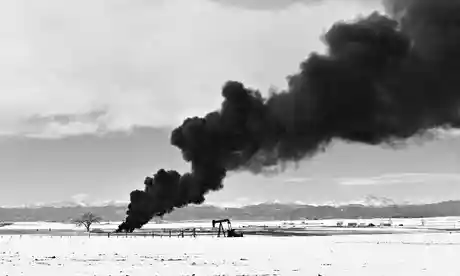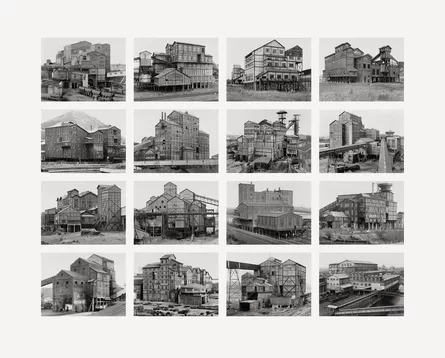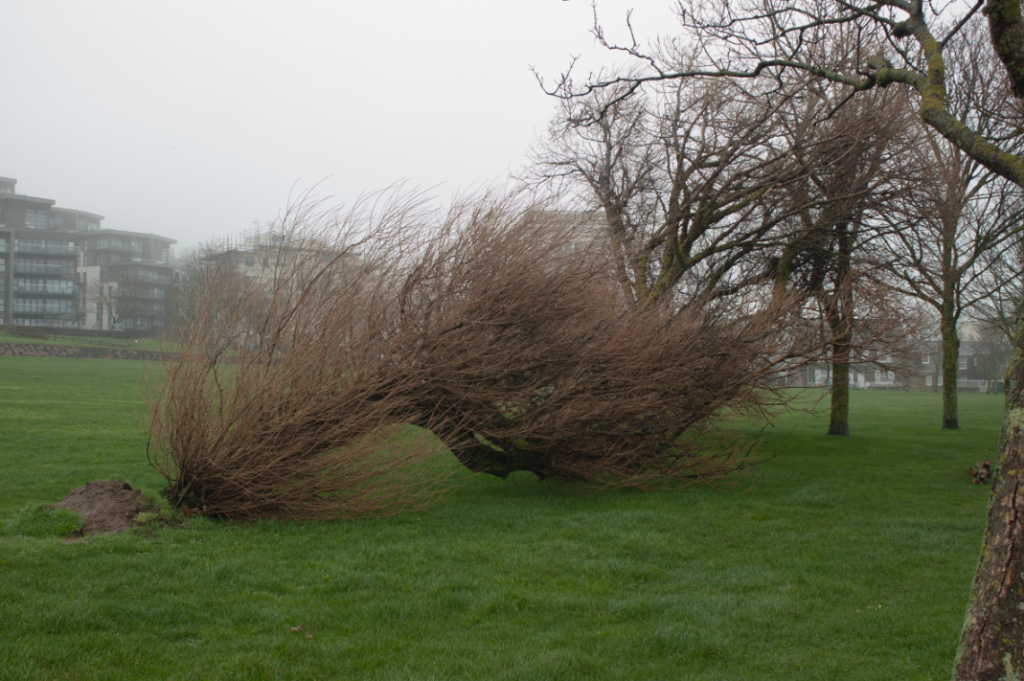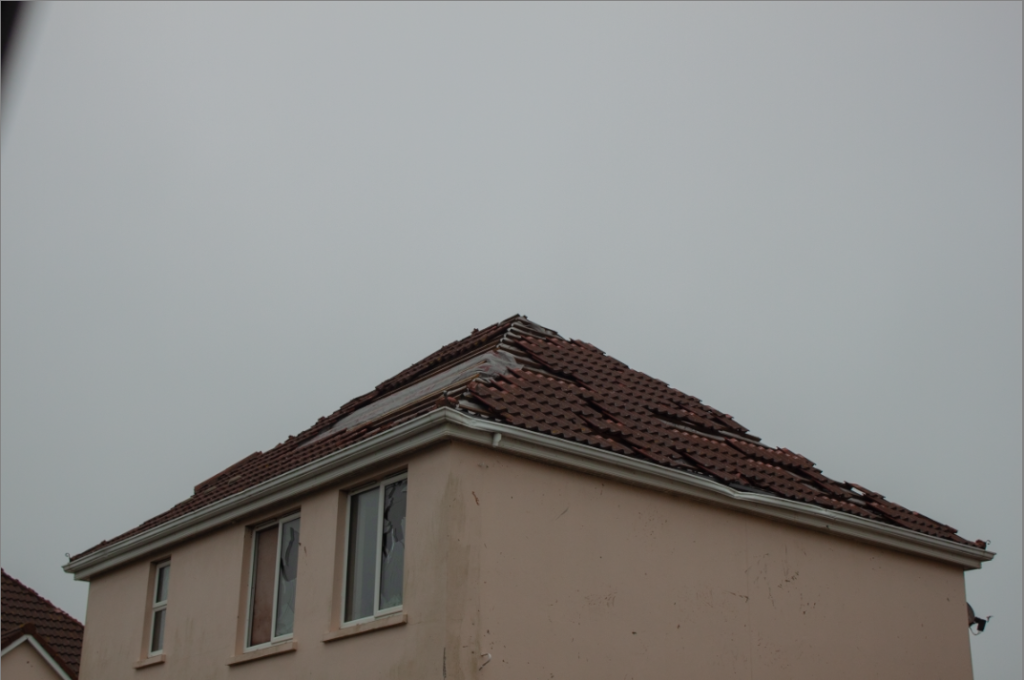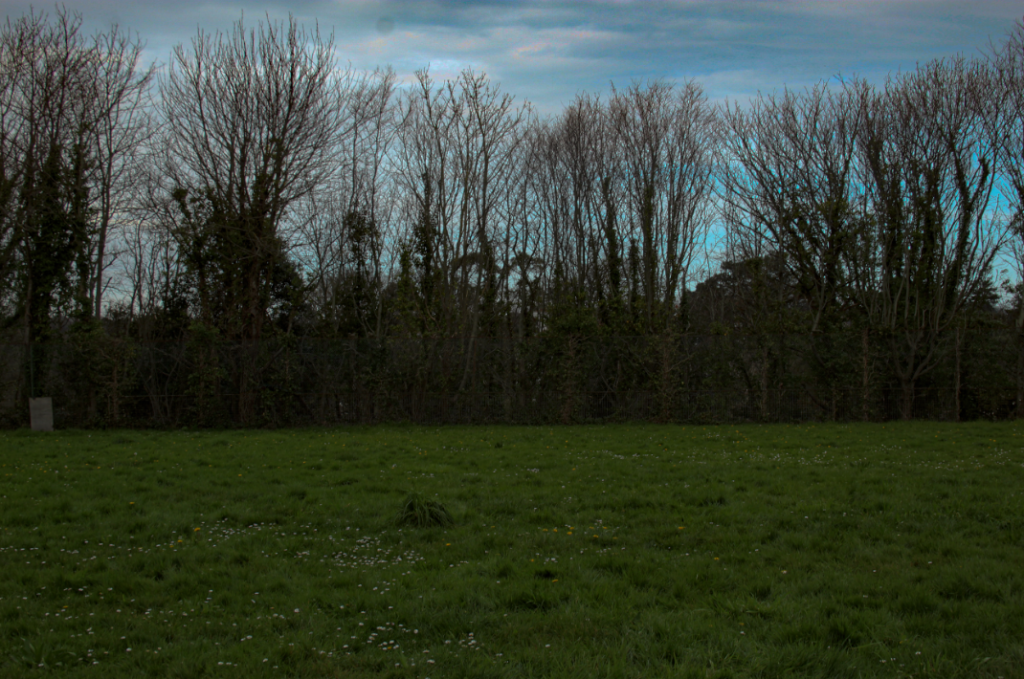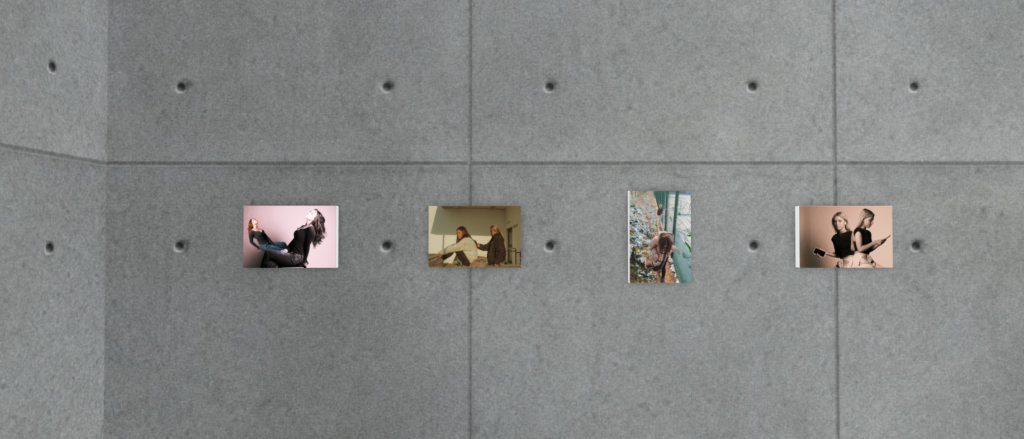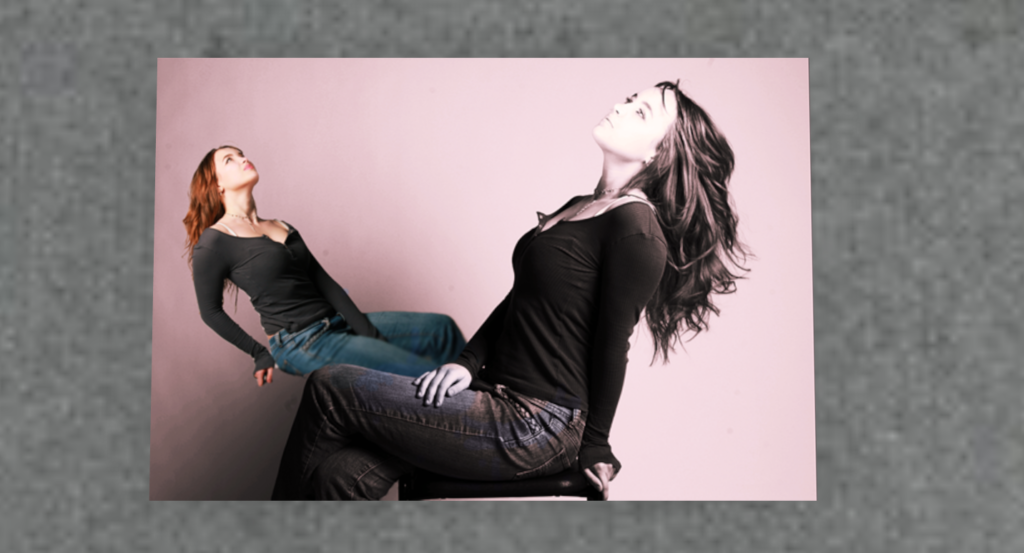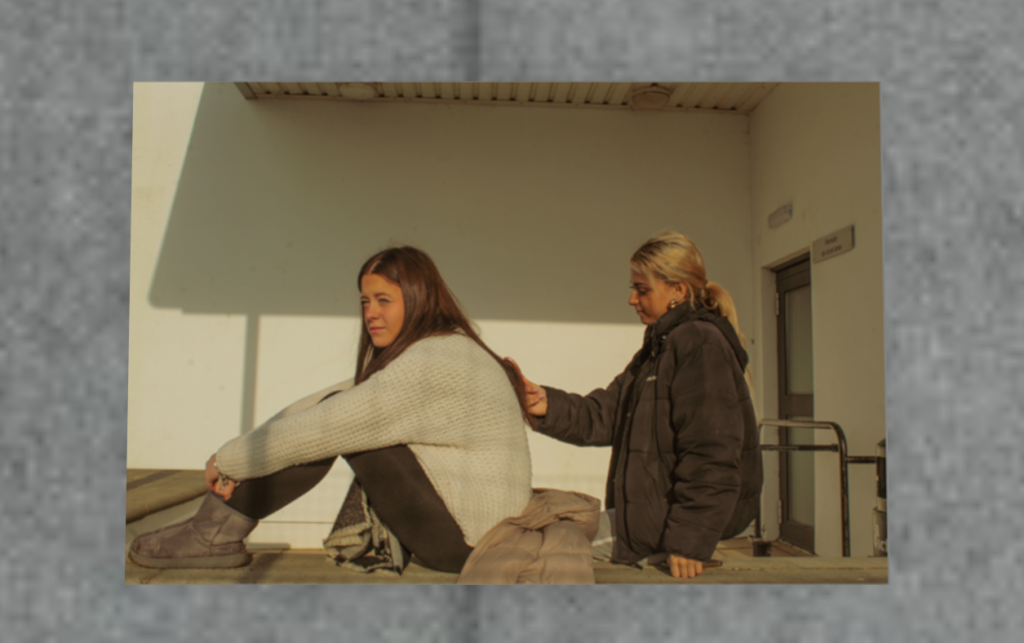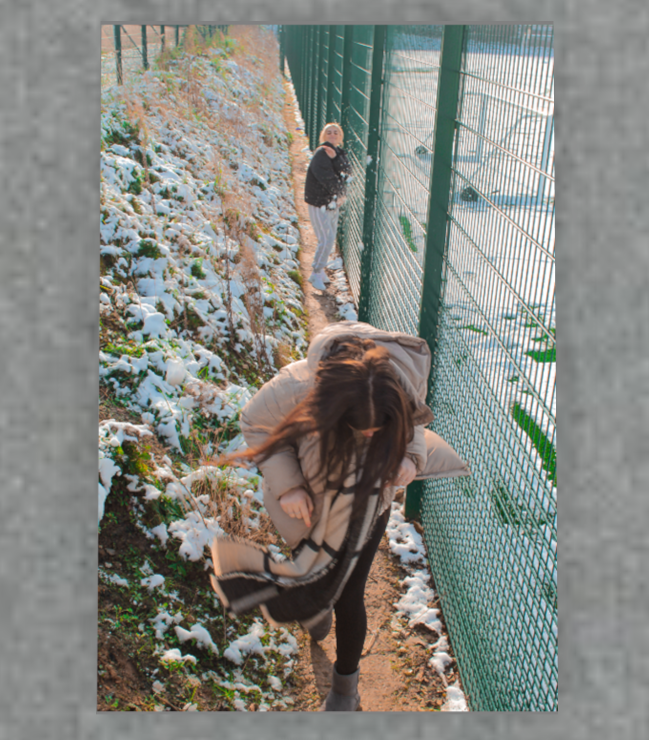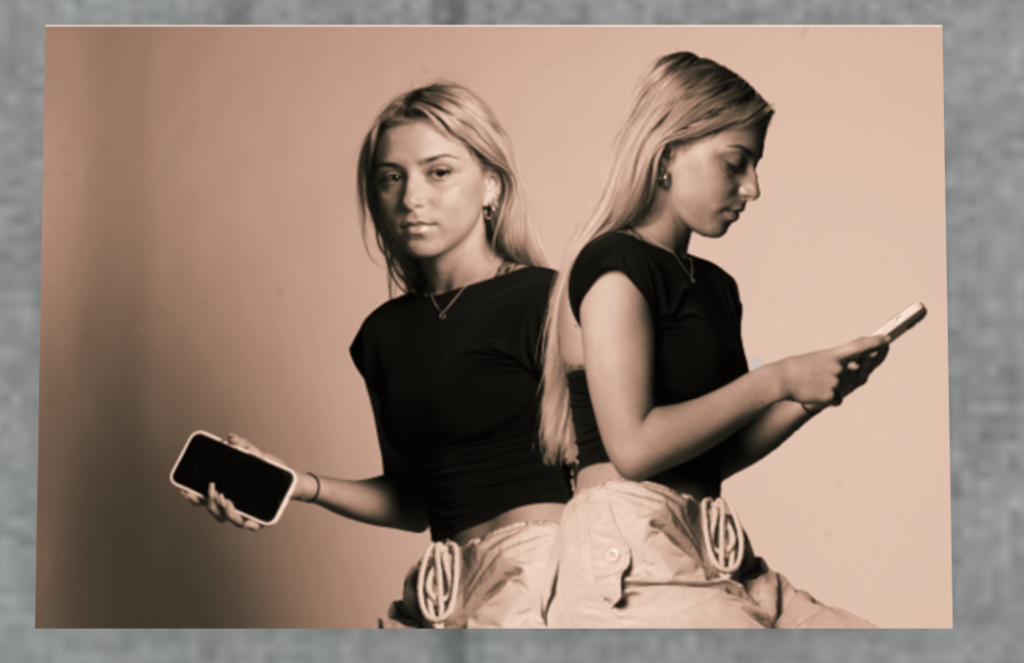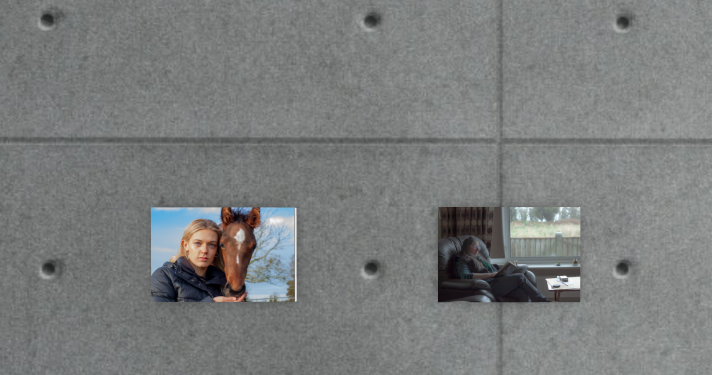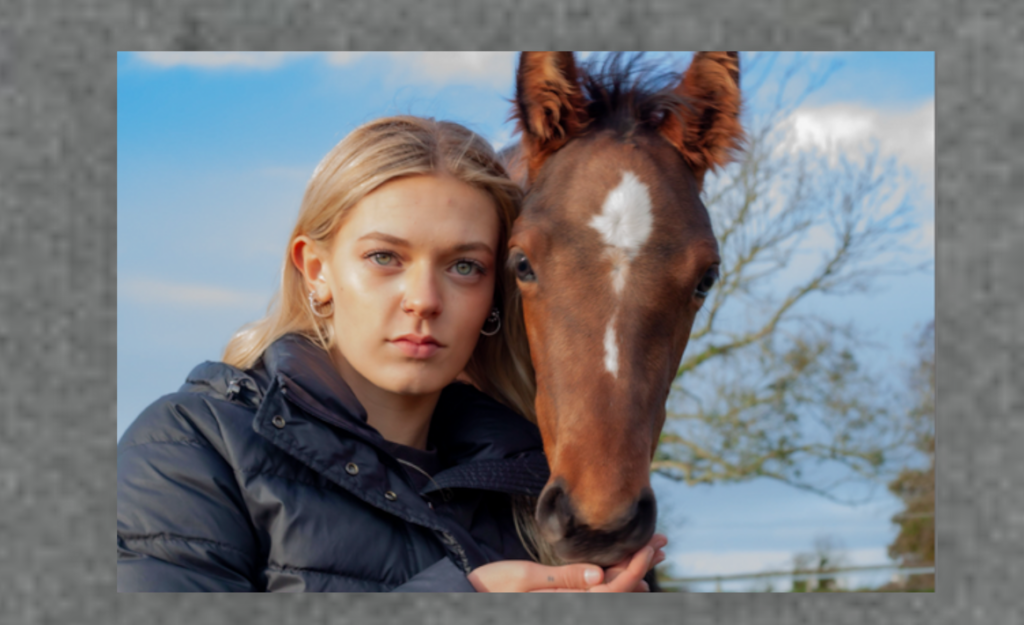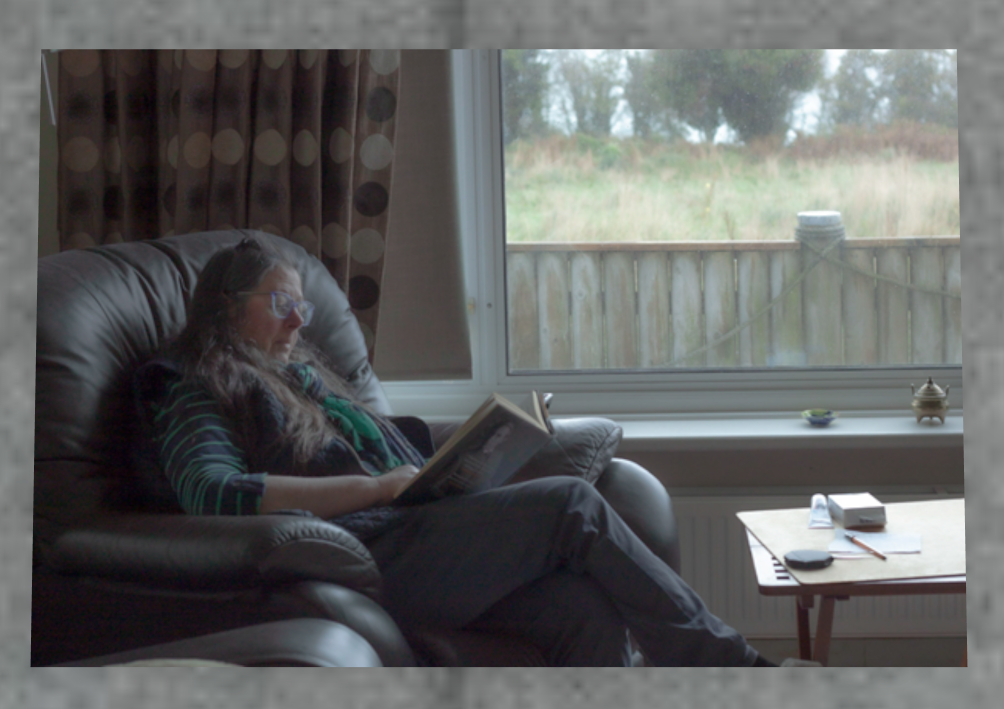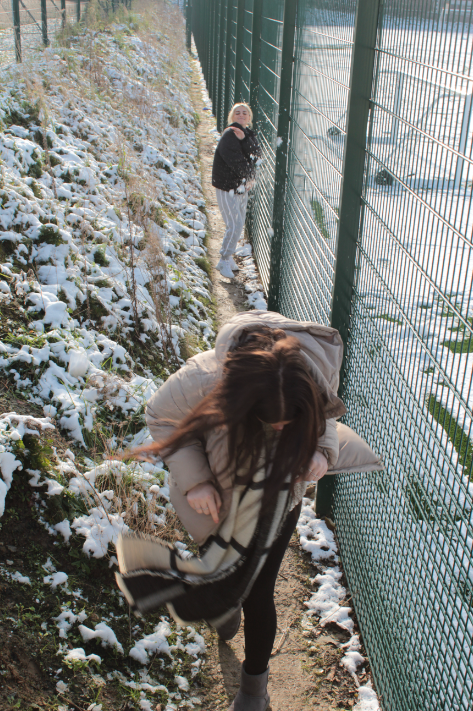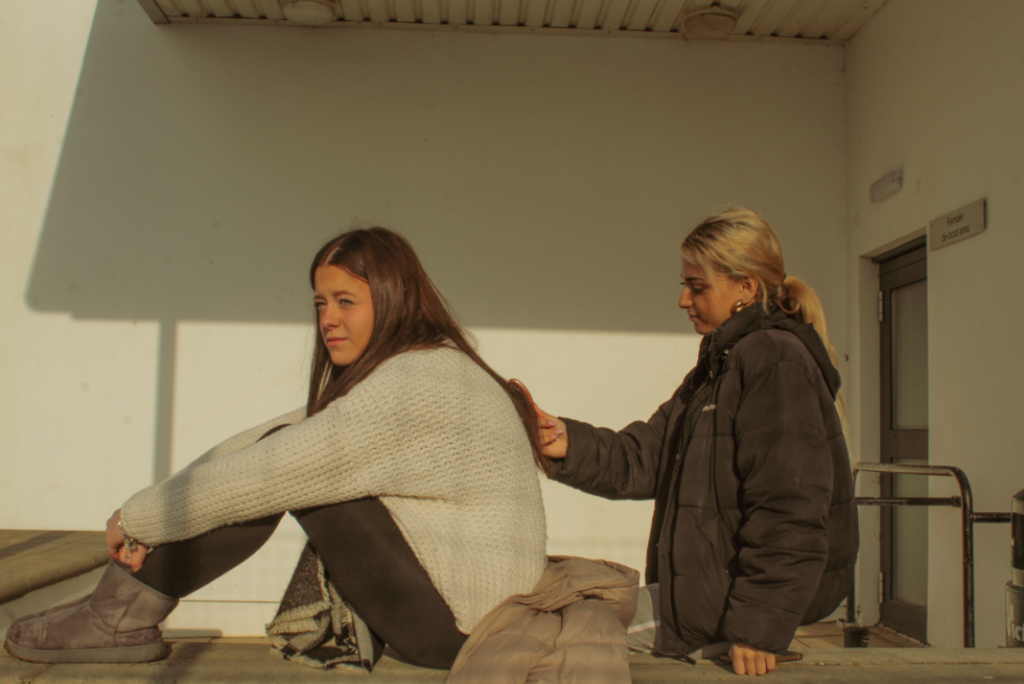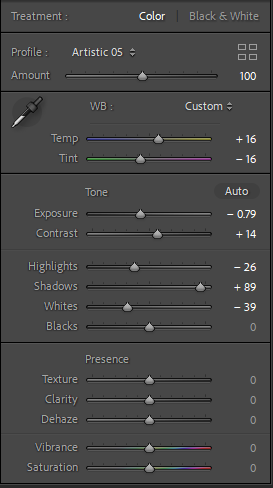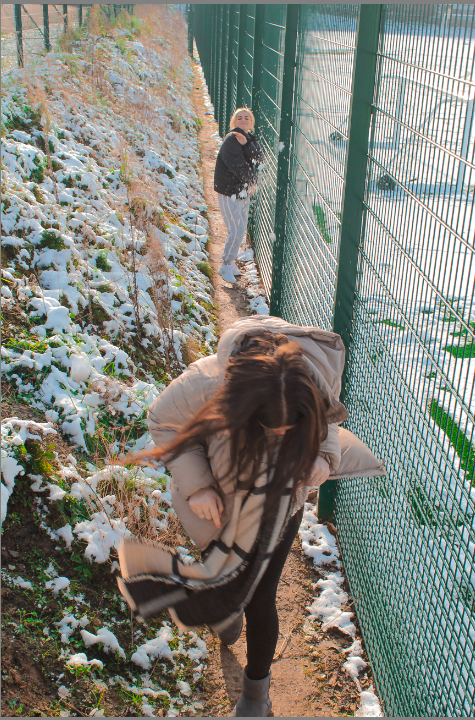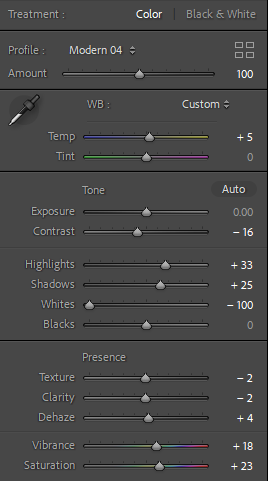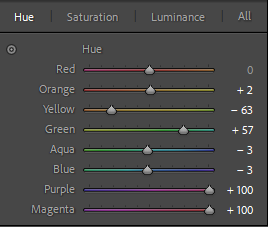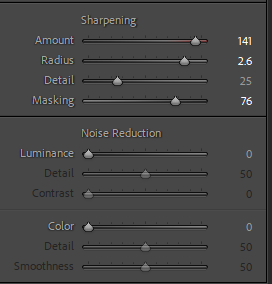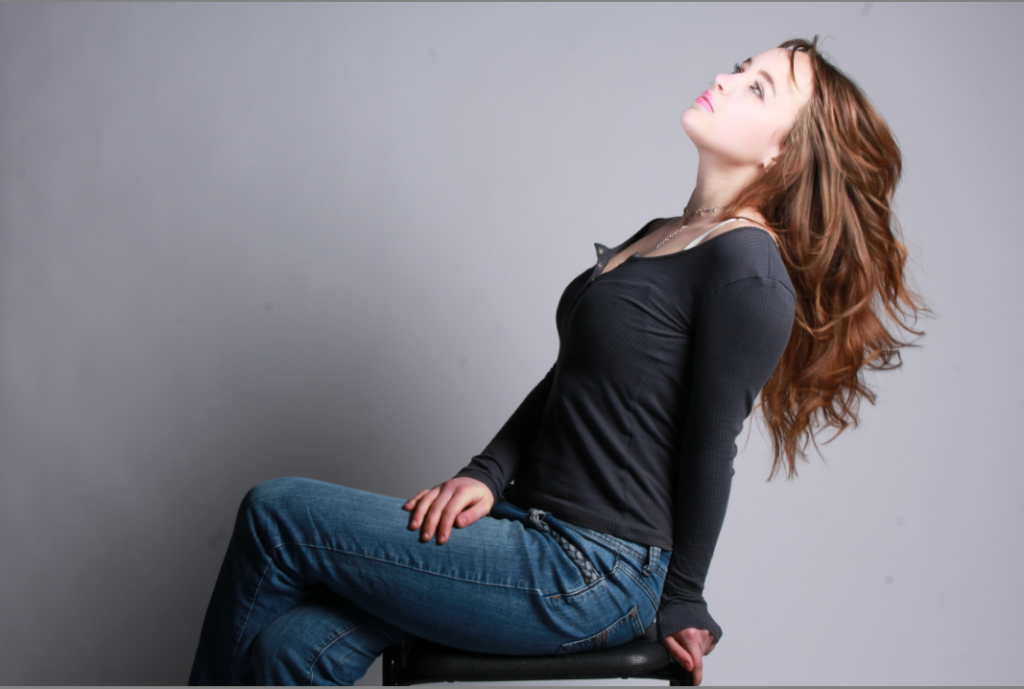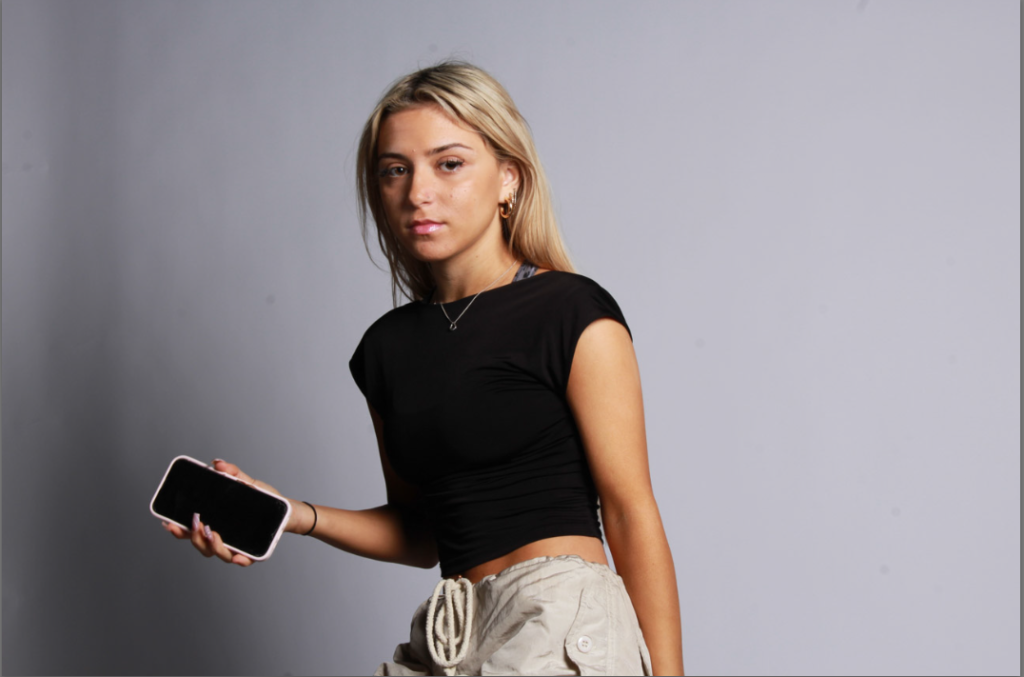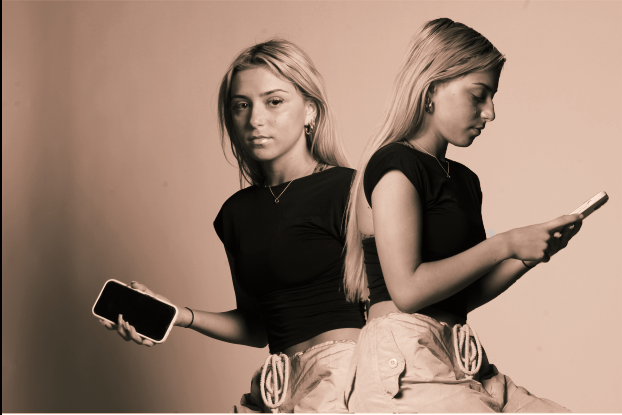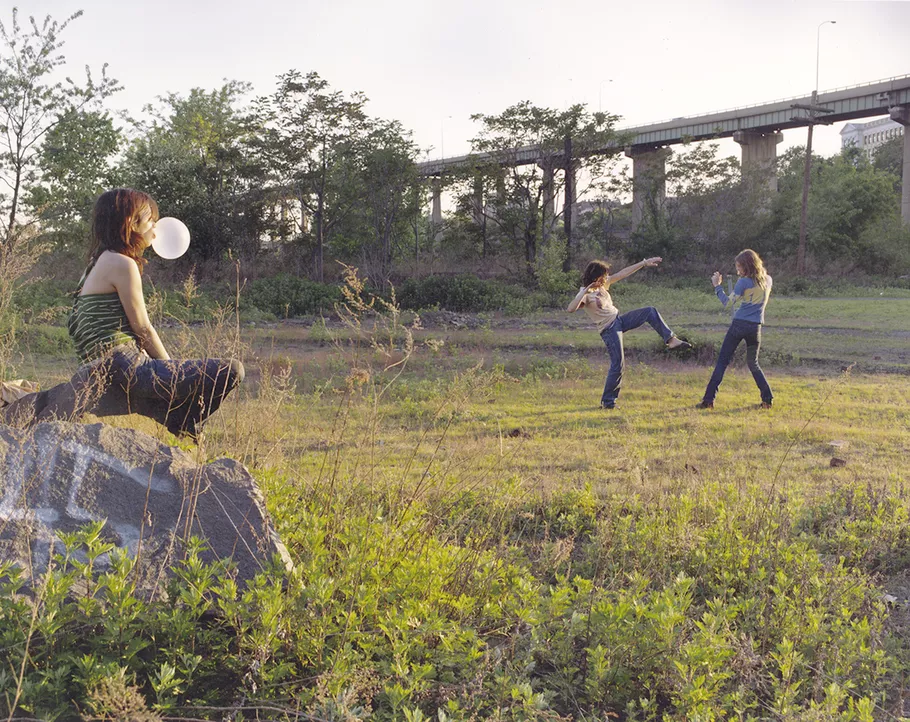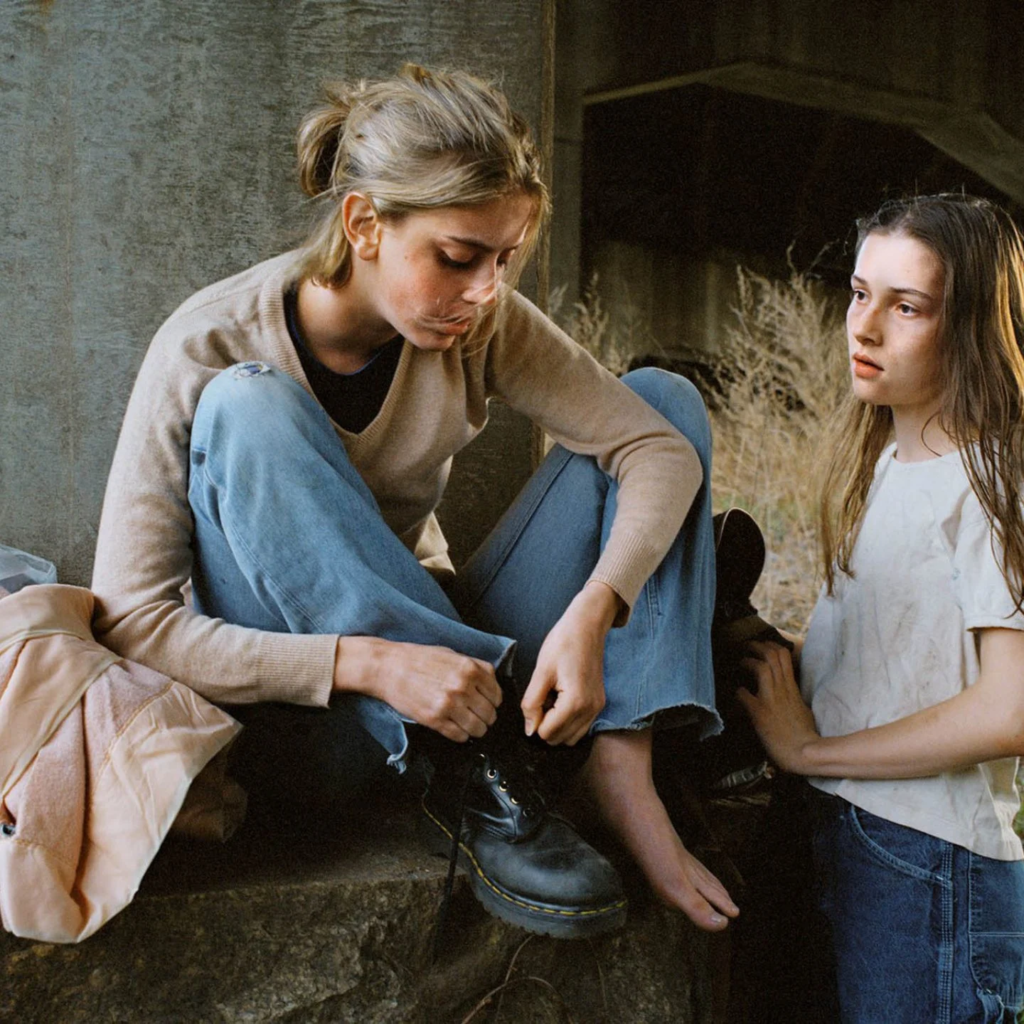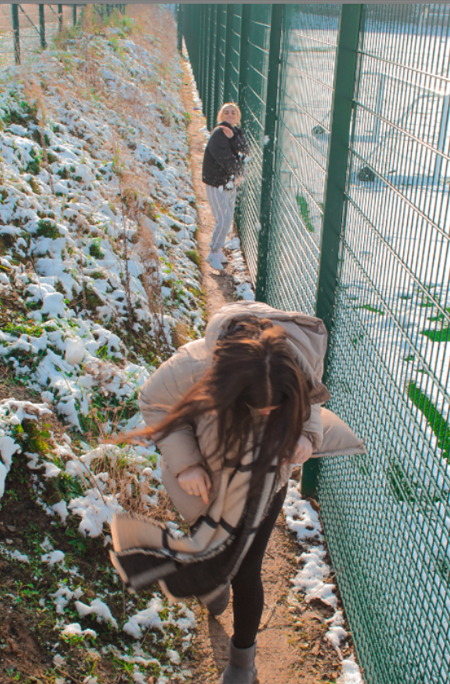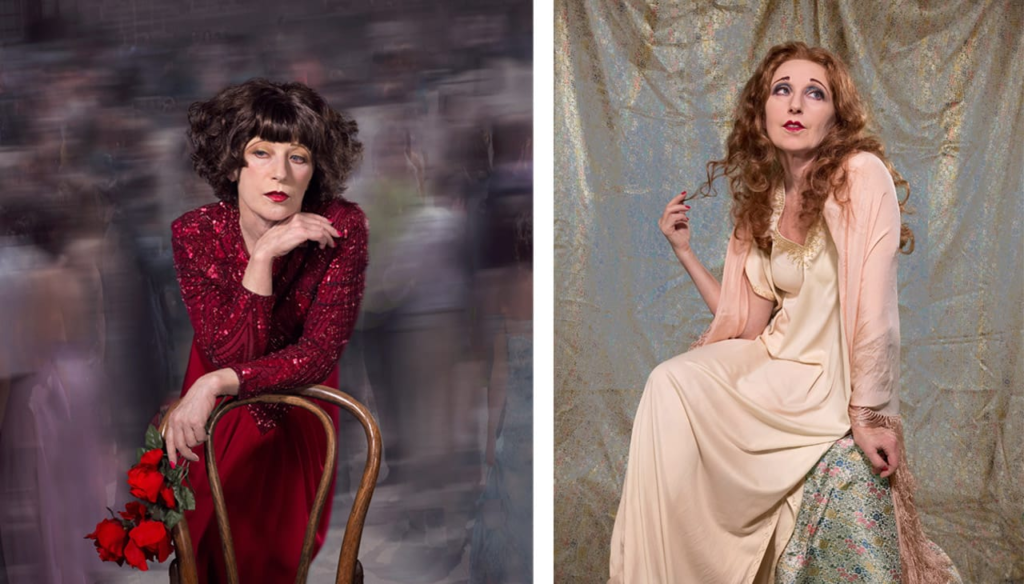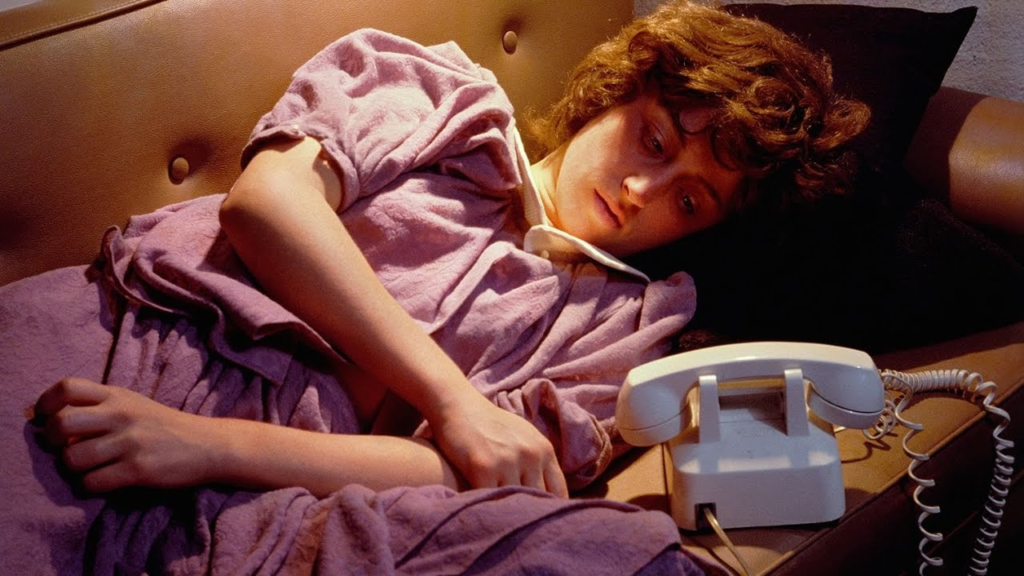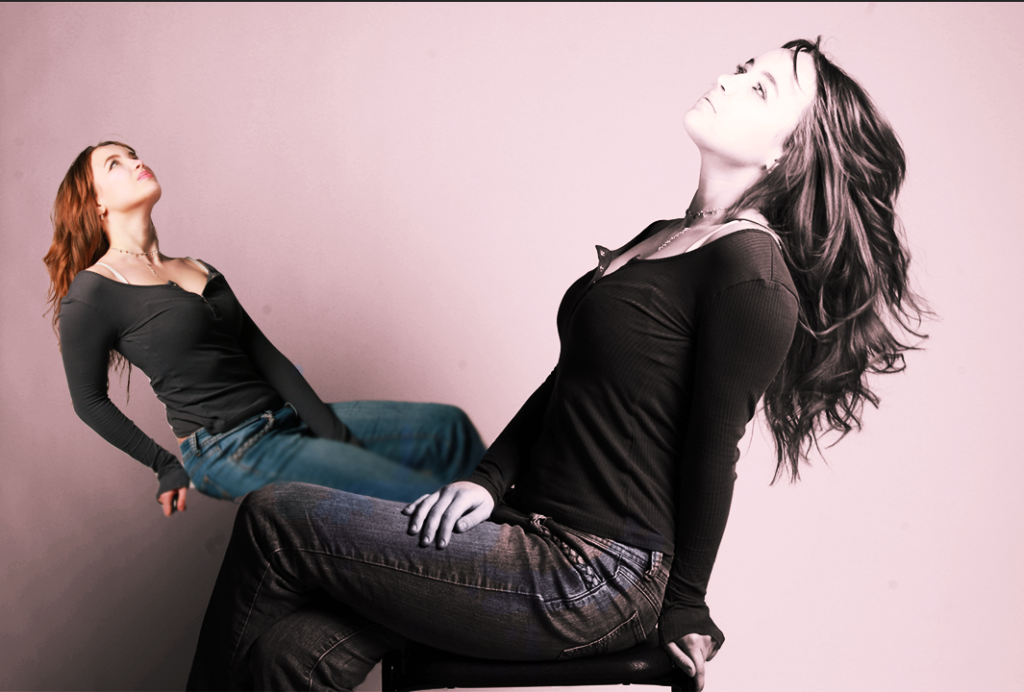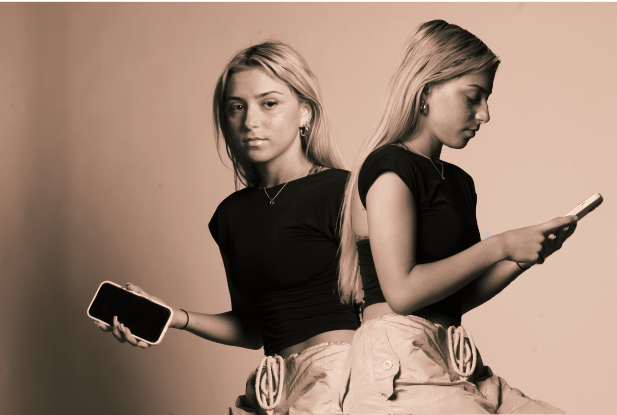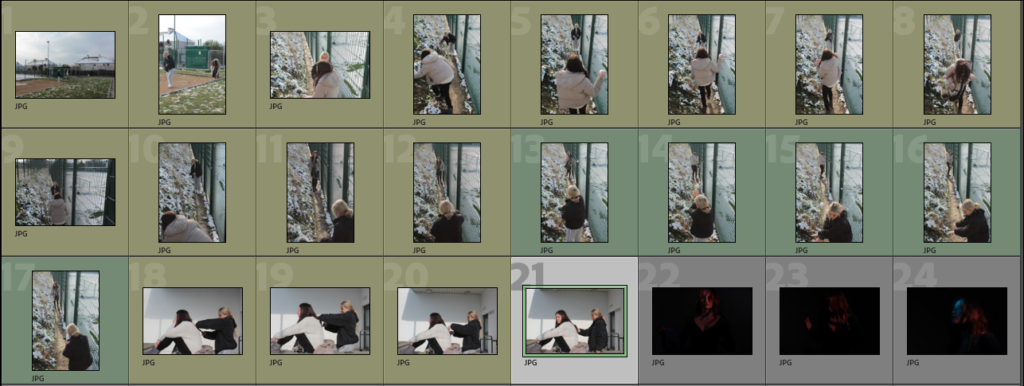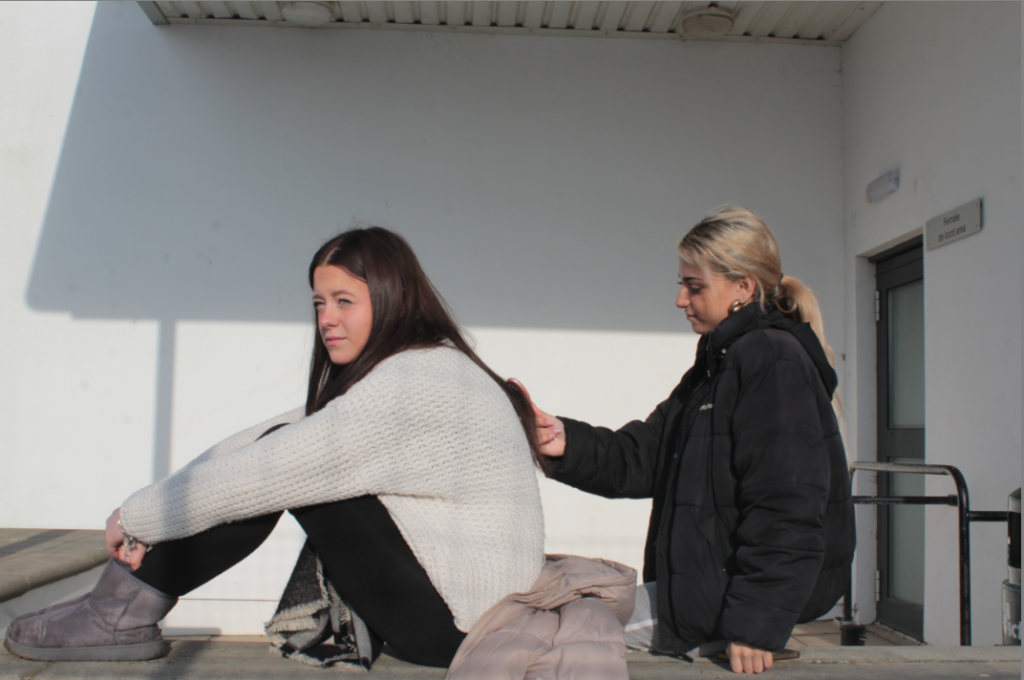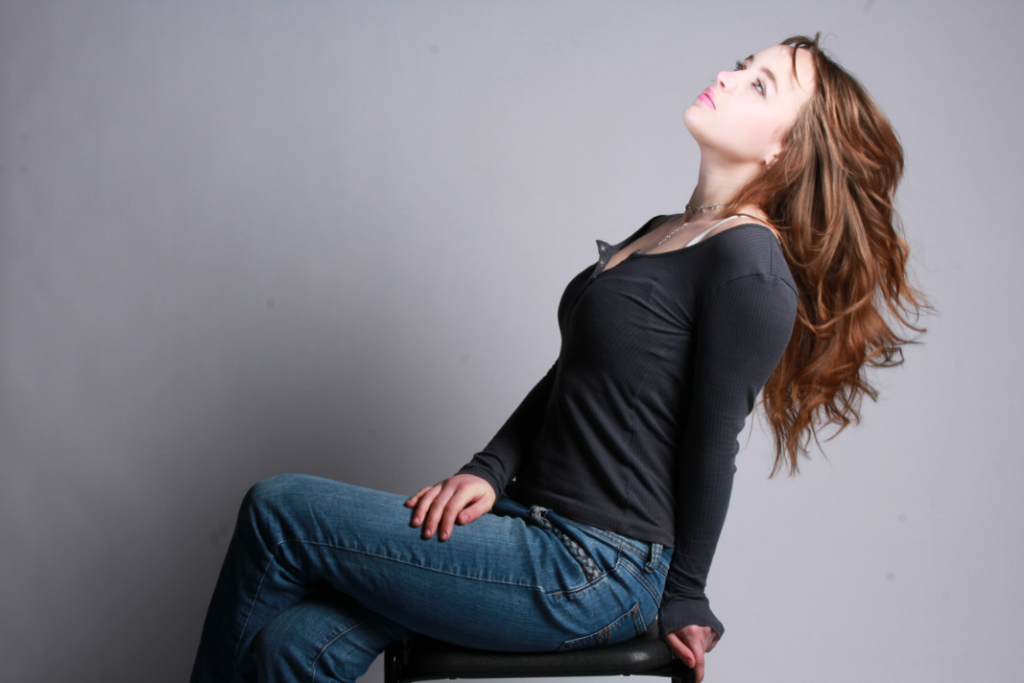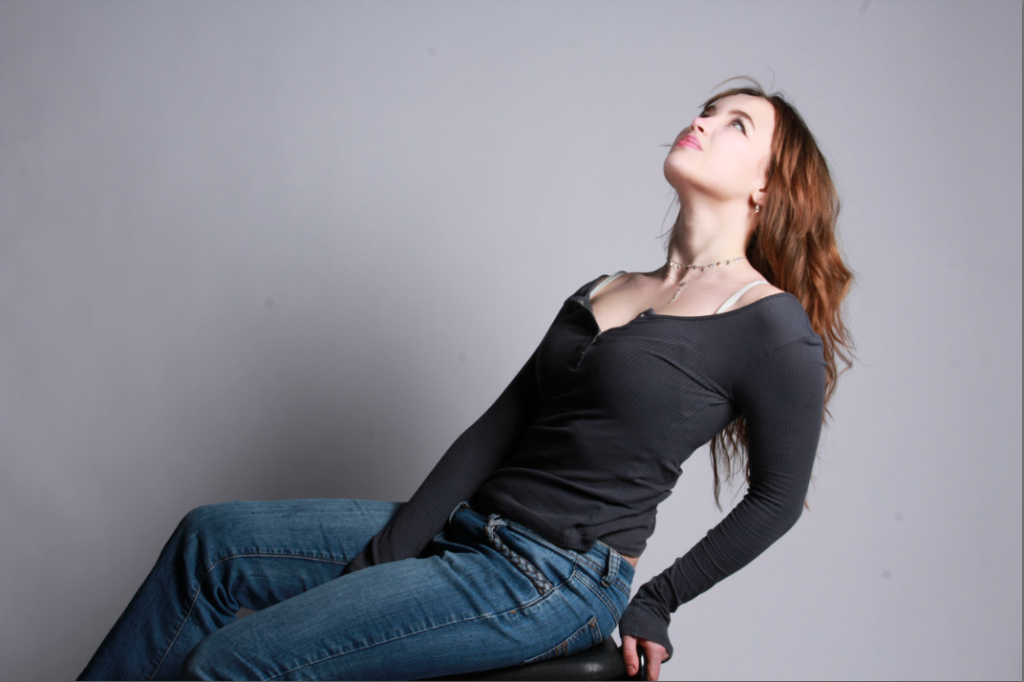Who is Paul Nicklen?

Paul Nicklen is a Canadian photographer, filmmaker, and marine biologist who has documented the beauty and plight of our planet for more than thirty years. Focusing on the polar regions, his evocative nature photography displays a deep reverence and sensitivity for the wildlife and environment of these most isolated, endangered places in the world. Over that time, he has said it is one thing to capture the natural World in a moment of grace and dignity, but that pales in comparison to an image that shines a brighter light on the
environmental crisis and drives everyday people to action, even if only in some small way.
Nicklen did not come to this style of documentary photography by accident. He was born to it. Through the power of the image and, just as importantly, emotion and raw power, his work has been singled out for creating a unique connection between image and viewer by featuring wild subjects in some of the most extreme conditions known on Earth.
What photography techniques does Paul Nicklen use?
Lenses: Nicklen has utilized a variety of lenses for his photography, including wide-angle, telephoto, and macro lenses from Canon, allowing him to capture diverse perspectives and create compelling compositions
Why did Paul Nicklen become a photographer?
Paul Nicklen was born in Canada in 1968 and spent his childhood in Baffin Island with the Inuit community. They taught him the love for nature, an understanding of the Arctic ecosystem and the survival skills that helped him to become one of the greatest nature photographers.
Why did I pick Paul Nicklen?
I picked Paul Nicklen to inspire my photoshoot for anthropocene as i like that he photographs animals to represent global warming.



These are some examples of his work. I like how warm he makes the photo feel, reminding the public to make a change to keep wildlife alive.



